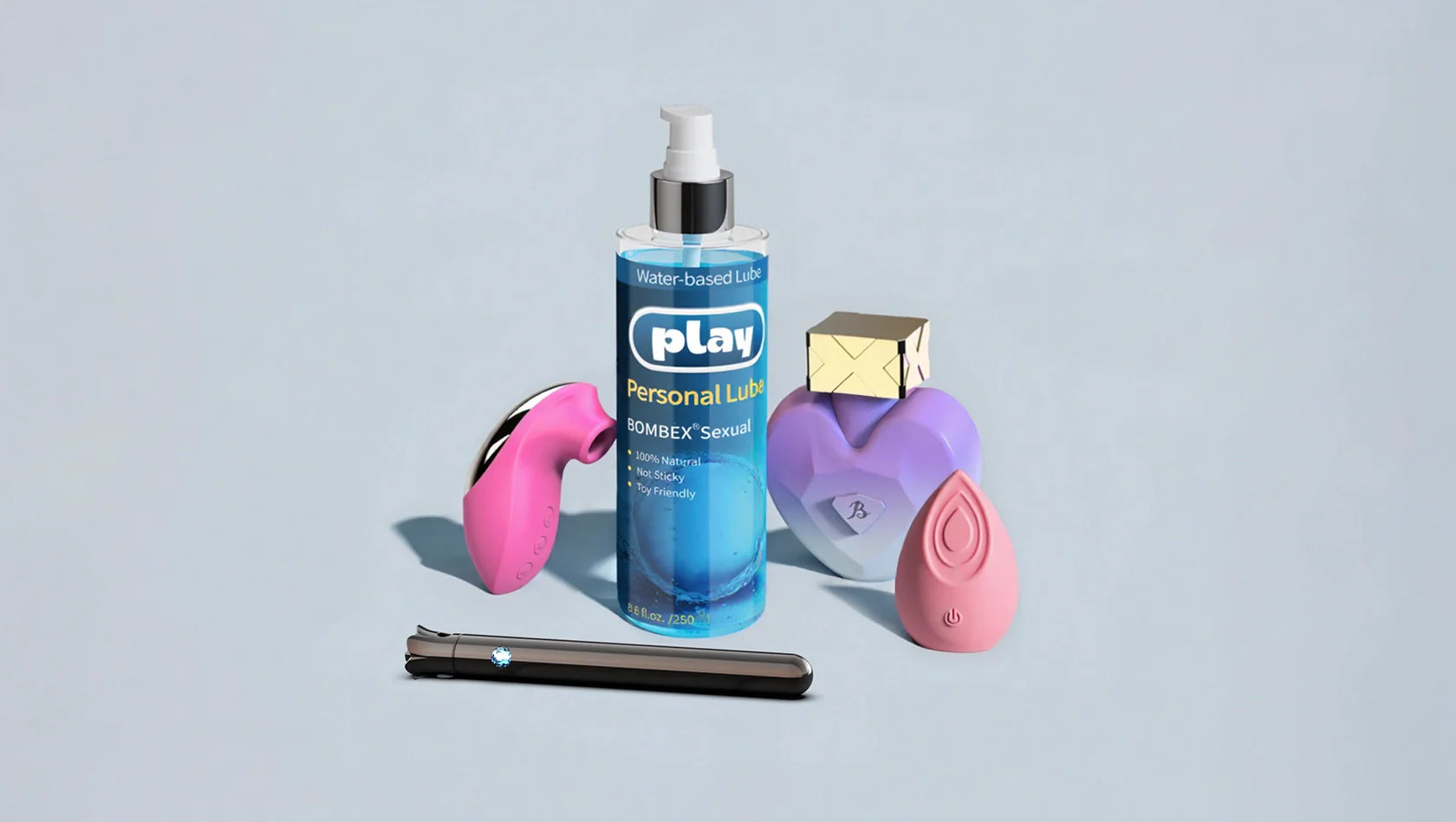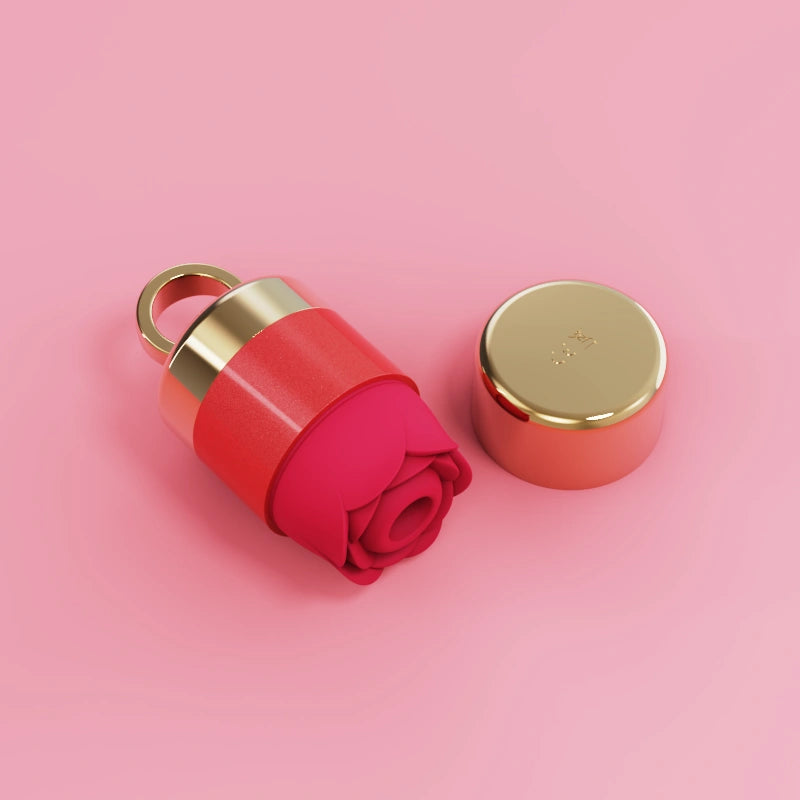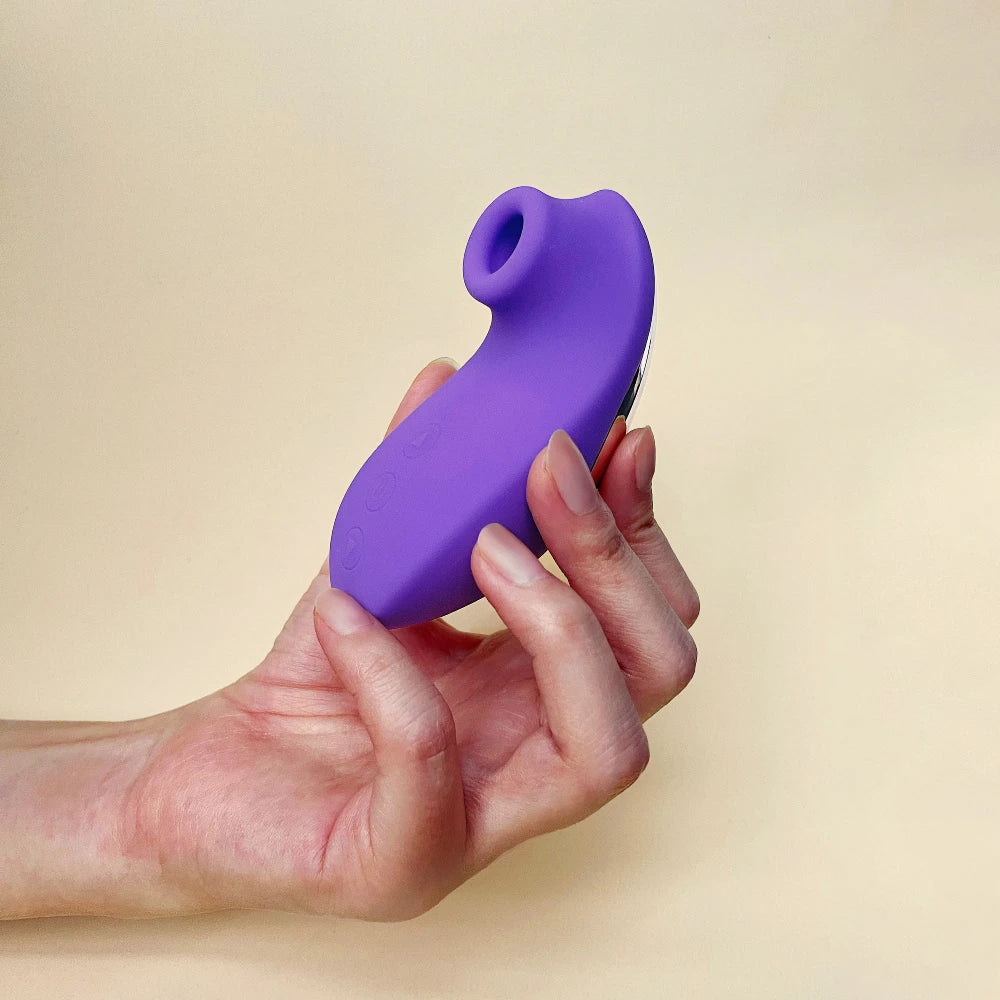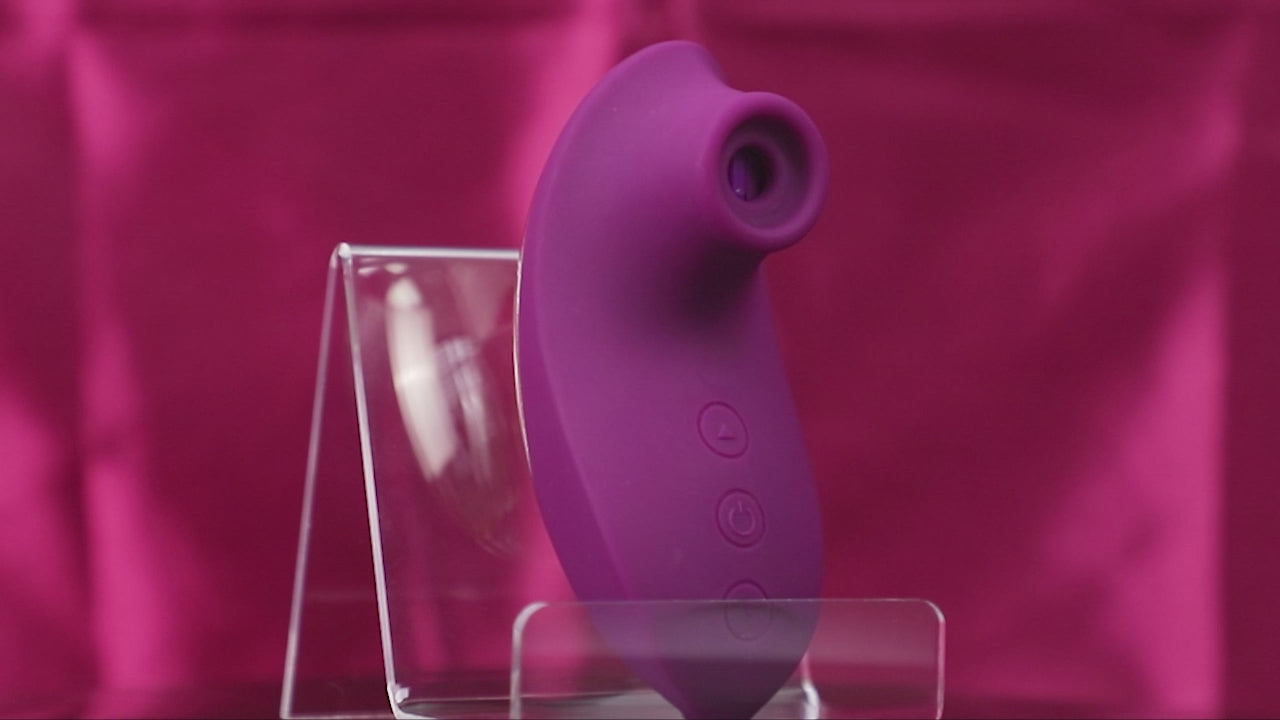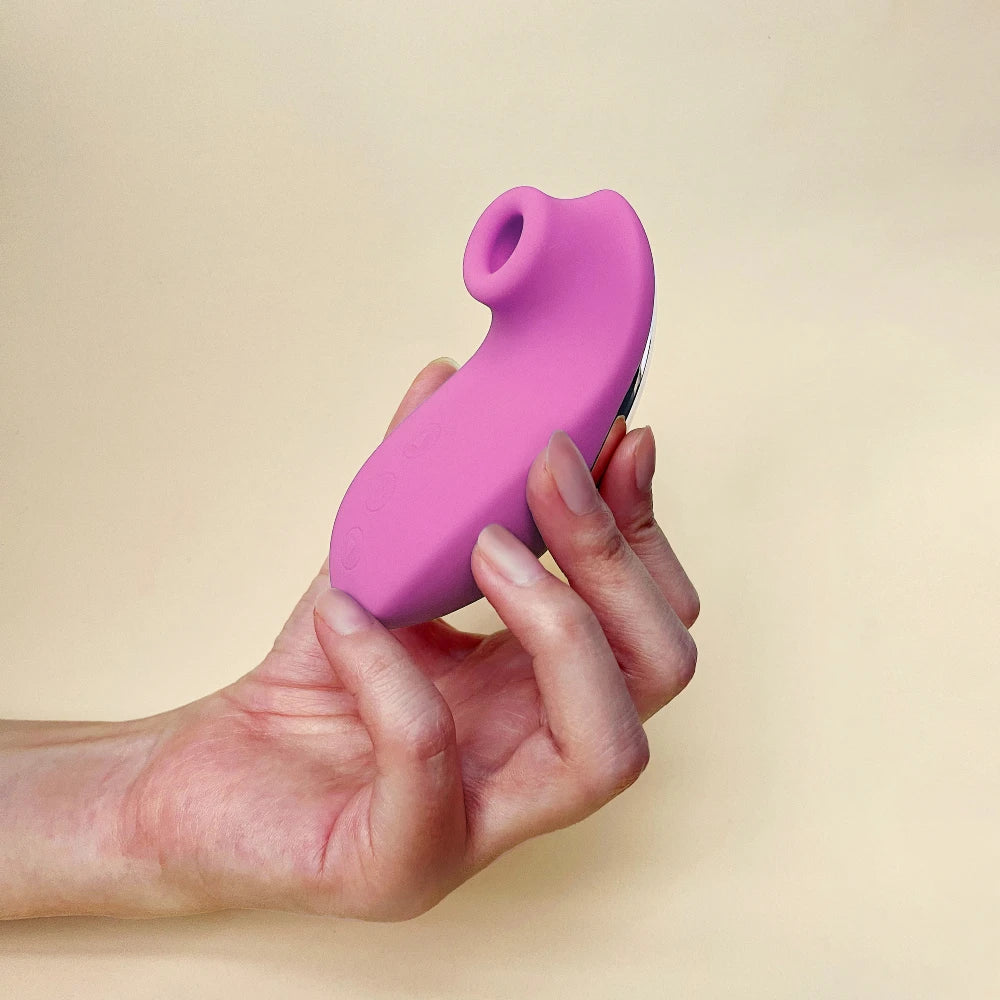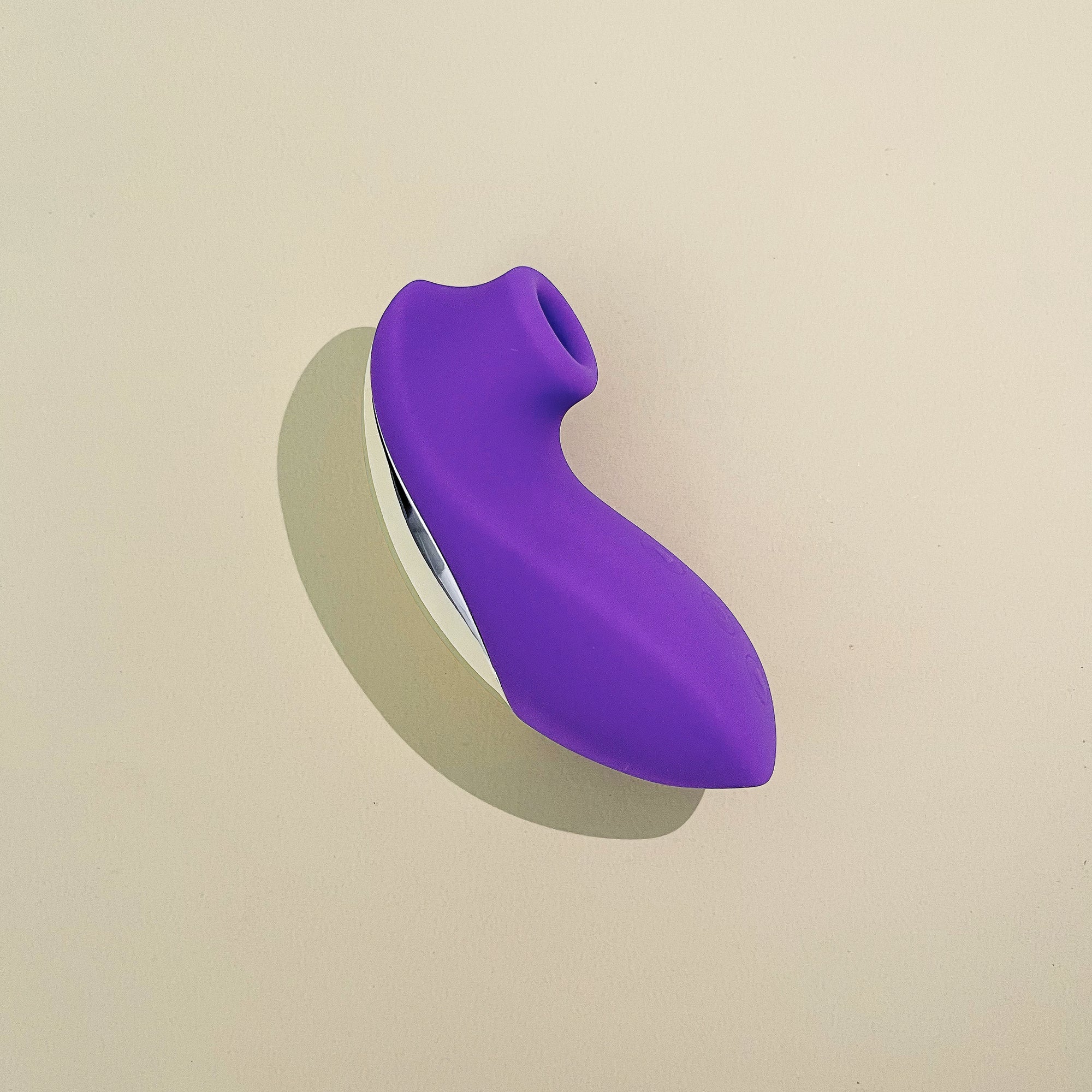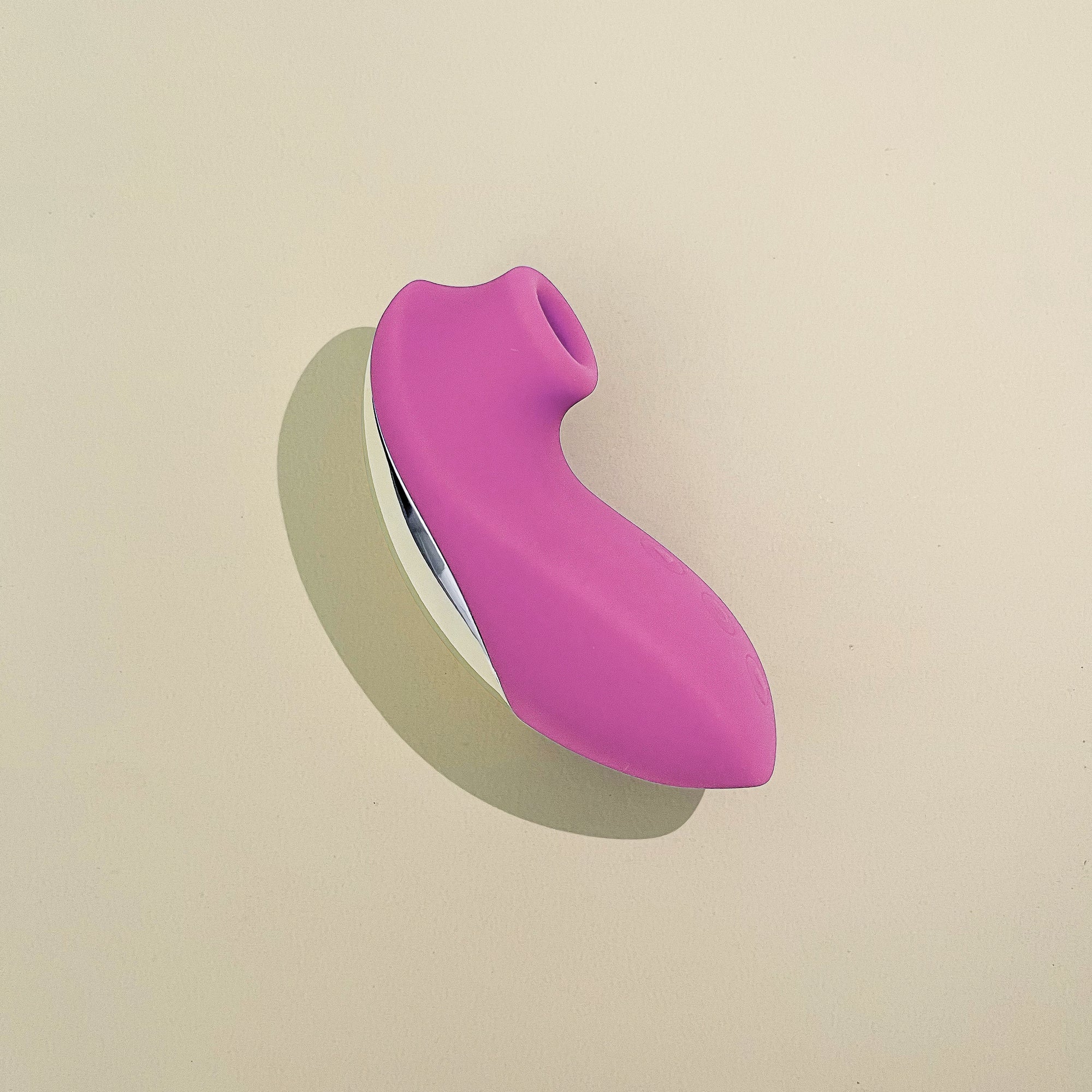It’s a common misconception that love, intimacy, and attraction are all part of a single experience. For many, they are intertwined, but for others, the lines between romantic and sexual attraction are distinct. This is particularly true for many within the asexual community. Understanding the relationship between asexuality and romantic attraction is key to appreciating the diverse spectrum of human connection. This guide explores that connection, clarifies common misunderstandings, and offers insights into how different forms of attraction can shape our relationships and sense of self.
What is Asexuality?
At its core, asexuality is a sexual orientation characterized by a lack of sexual attraction to any gender. According to the Asexual Visibility and Education Network (AVEN), an asexual person (or "ace") simply does not experience sexual attraction. This is different from celibacy, which is a conscious choice to abstain from sexual activity. Asexuality, on the other hand, is an intrinsic part of a person's identity.
It's crucial to understand that asexuality exists on a spectrum. Some common identities under the ace umbrella include:
- Gray-asexual (or Gray-ace): People who identify somewhere between asexual and allosexual (people who experience sexual attraction). They may experience sexual attraction very rarely, only under specific circumstances, or with very low intensity.
- Demisexual: Individuals who only experience sexual attraction after a strong emotional bond has been formed.
Asexuality does not dictate a person’s views on sex. Some asexual people are sex-repulsed, others are indifferent, and some are sex-favorable, meaning they may choose to engage in sexual activity for various reasons, such as to please a partner, for physical pleasure, or to have children. The defining factor is the innate lack of sexual attraction.
Understanding Romantic Attraction
This is where the distinction becomes vital. Romantic attraction is an emotional response that produces a desire for a romantic relationship with someone. For many asexual people, the capacity to feel romantic love is completely separate from their lack of sexual attraction. This concept is best explained by the Split Attraction Model (SAM).
The Split Attraction Model (SAM)
The Split Attraction Model is a framework that separates different types of attraction—most notably romantic and sexual—into distinct components. Developed largely within the asexual and aromantic communities, the SAM provides the language to describe experiences where these two forms of attraction don't align. Using this model, a person can identify with both a sexual orientation and a romantic orientation.
Some romantic orientations include:
- Aromantic: Little or no romantic attraction to others.
- Biromantic: Romantic attraction to people of two or more genders.
- Heteroromantic: Romantic attraction to people of a different gender.
- Homoromantic: Romantic attraction to people of the same gender.
- Panromantic: Romantic attraction regardless of gender.
Therefore, a person can be asexual and heteroromantic, asexual and biromantic, and so on. This framework allows for a more nuanced and accurate understanding of an individual's identity.
The Intersection: How Asexuality and Romantic Attraction Coexist
The relationship between asexuality and romantic attraction is not one-size-fits-all. An asexual person can have a rich, fulfilling romantic life, just as an aromantic person might experience sexual attraction. For example, a heteroromantic asexual woman might desire a deep, committed romantic relationship with a man—including activities like dating, cuddling, and building a life together—without feeling sexually drawn to him.
Conversely, someone who is aromantic asexual (often shortened to "aroace") experiences neither romantic nor sexual attraction. Their primary connections might be deep friendships and queerplatonic partnerships—relationships that are intensely emotional and committed but not romantic in nature.
Understanding this intersection is crucial. It validates the experiences of asexual individuals who desire romance while also affirming those who do not. It breaks down the societal assumption that sex and romance are inseparable, opening the door to a broader understanding of intimacy and connection.
Exploring Romantic Expression and Self-Discovery
For many asexual people, intimacy is expressed through non-sexual means. Emotional support, quality time, physical touch (like hugging and holding hands), and shared experiences are often the cornerstones of their romantic relationships. However, a lack of sexual attraction to others doesn't necessarily mean a lack of libido or an disinterest in one's own body and pleasure.
Self-exploration can be a powerful journey of understanding for anyone, including those on the asexual spectrum. It’s a way to connect with your own body and discover what feels good, completely separate from the context of a partner. For those who enjoy sensual stimulation, finding tools that cater to a personal and gentle experience can be incredibly affirming.
This is where thoughtfully designed toys can play a role in self-discovery. The IMINT Rose Toy, for instance, focuses on sensations that are both beautiful and powerful. Its elegant rose shape is romantic and discreet, while its Pleasure Air™ Technology provides unique air-pulse stimulation—a completely new way to explore pleasure. With gentle vibrations in each petal, it offers layered sensations perfect for a journey of self-love.
Navigating Relationships as an Asexual Person
Communication is the foundation of any successful relationship, and it's especially important when partners have different sexual orientations (e.g., one asexual, one allosexual). Open conversations about boundaries, expectations, and what intimacy means to each person are essential.
For some, pleasure and intimacy can be a private journey. Having tools for self-exploration that are discreet and personal can be empowering. When you're figuring out what you enjoy, privacy is key. The Bombex Beauty Blender Vibrator is a perfect example of a discreet vibrator. Designed to look just like a makeup sponge, it’s stylish and blends seamlessly into your everyday items. This silent vibrator is perfect for exploring its 10 vibration modes without worry, allowing you to discover your pleasure on your own terms. Made from body-safe silicone, it’s designed for comfort and is one of the best clit vibrator options for solo play.

Bombex Beauty Blender Vibrator
Disguised as a beauty sponge, this vibrator is quiet, discreet, and powerful.
Shop The Mini Vibrator Now →Exploring diverse forms of pleasure can also be a way to build intimacy in a relationship without a focus on conventional intercourse. Discovering different erogenous zones can be a fun and connecting experience. Products designed for versatile stimulation can be fantastic for this. The Doris Clitoral & Nipple Toys offer a unique approach with their AirPods-inspired design—ultra-discreet and modern. With three interchangeable heads, these nipple toys are perfect for exploring sensation on both the nipples and clitoris. The compact charging case makes them ideal for travel and ensures they're always ready for a moment of personal discovery or shared fun.
Common Misconceptions and FAQs
There are many myths surrounding asexuality that can be harmful. Let's clear a few up.
Myth: Asexuality is a medical condition or hormone imbalance.
Fact: Asexuality is a sexual orientation, not a medical disorder. While some health conditions can affect libido, they do not define a person's orientation. Healthy, happy asexual people exist across the globe.
Myth: Asexual people can't love or form intimate relationships.
Fact: This confuses sexual attraction with romantic and emotional connection. As we've explored, many asexual people experience strong romantic attraction and form deep, loving, and lasting relationships.
Myth: Asexuality is just a phase or because someone "hasn't met the right person."
Fact: This is dismissive and invalidating. Like any other sexual orientation, asexuality is a legitimate and enduring identity. Suggesting it can be "cured" implies that it is something broken, which is fundamentally untrue.
Conclusion: Embracing the Spectrum
The link between asexuality and romantic attraction is a beautiful illustration of how diverse human connection can be. By understanding that sexual attraction is not a prerequisite for romantic love, we can create more inclusive and accepting spaces for everyone. Whether someone is aromantic asexual, homoromantic asexual, or anywhere else on the spectrum, their identity is valid. The journey of understanding oneself—and learning how to express love and intimacy in a way that feels authentic—is a universal experience. Recognizing the many forms that journey can take is a powerful step toward celebrating every shade of attraction and identity.

